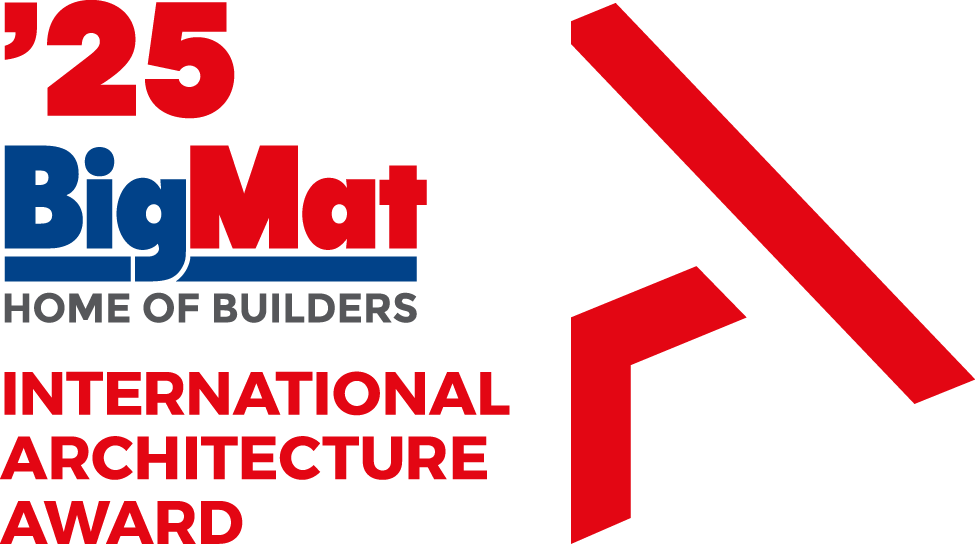From July to October 2024, an immersive installation by the Spanish architecture duo SelgasCano can be experienced at aut, in which the premises of the former brewery are transformed into ‘Unstable Zones’ using minimal means.
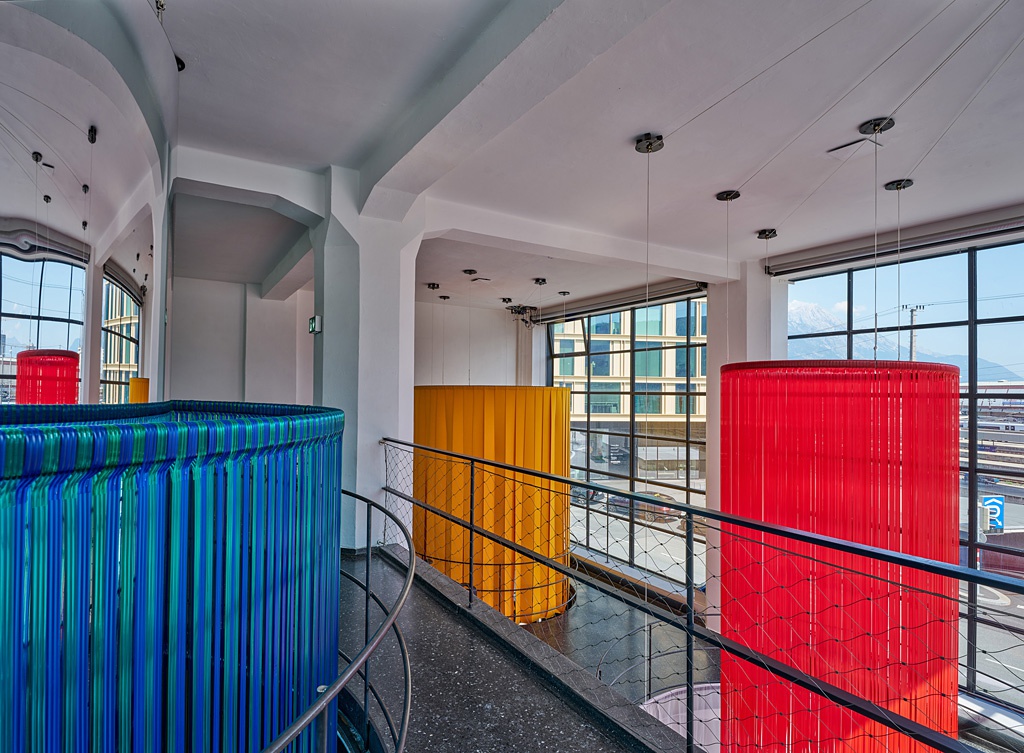
Founded in Madrid in 1996 by José Selgas and Lucía Cano, the studio has made a name for itself internationally in recent years with transparent, colourful and organic buildings such as the Serpentine Pavilion in London’s Hyde Park (2015).
Practical info
„SelgasCano Arquitectos: Unstable Zones“
July 11 – October 25, 2024
aut. architektur und tirol
Lois Welzenbacher Platz 1, Innsbruck
Austria
In their creative exploration and use of unconventional, industrial materials, they aim to find cost-effective solutions, creating added value for people. While doing so, they continually come up with new variations on a combination of lightweight metal structures and a translucent plastic shell, such as the Youth Factory in Merida (2006-13), which was designed as a large canopy, the congress centre in Plasencia (2005-17), which floats above the landscape of Extremadura, or the canteen in London’s new Design District (2017-21).



In the exhibition designed for aut, SelgasCano deliberately refrain from showing projects to provide an insight into their work. Instead, they are realising a piece of architecture, an immersive installation constructed with minimal means that makes their approach immediately tangible. Based on their exploration of the former brewery building, they install a total of eight cylinders in different materials and colours in the openings of the former brewing vats, which move up and down. This ‘perpetuum mobile’ continuously transforms our exhibition spaces, turning them into ‘Unstable Zones’ that offer visitors an experience for all the senses.

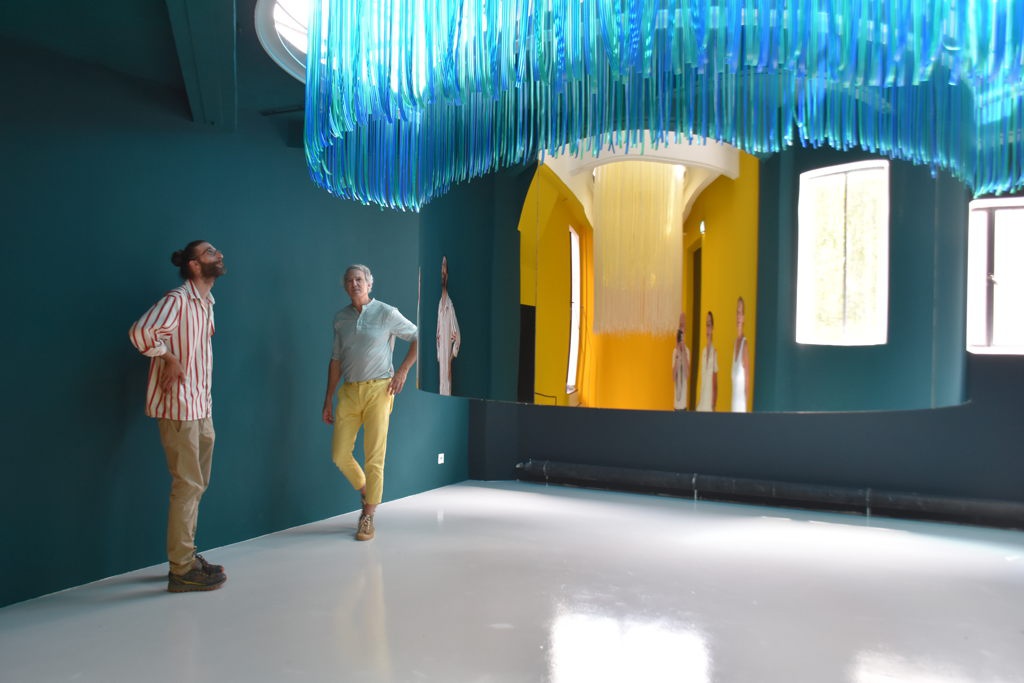
selgascano arquitectos
SelgasCano is a small atelier and intends to remain so. They have worked with a wide variety of projects always keeping nature at the core of the program. Its work is focused on research into the construction process, which is treated as an ongoing process of `listening´ to the largest possible number of elements involved, from manufacture to installation. Selgascano avoid the use of games and mechanisms that lead to disciplinary issues, and strive to seek beauty that is comprehensible to any human being.
They tend not to give lectures or classes in order to focus intensely on their projects, although they were involved with the MIT (2013 – 14) in a short-term extension of the studio´s main concern: an intense search for new outlets for nature using artificial means, applying technologies borrowed from other fields that are rarely mixed with architecture. All of this is linked to the necessary aim of making architecture lose ground to nature once again, minimizing its presence and reducing its role to the creation of opportunities for new types of nature.
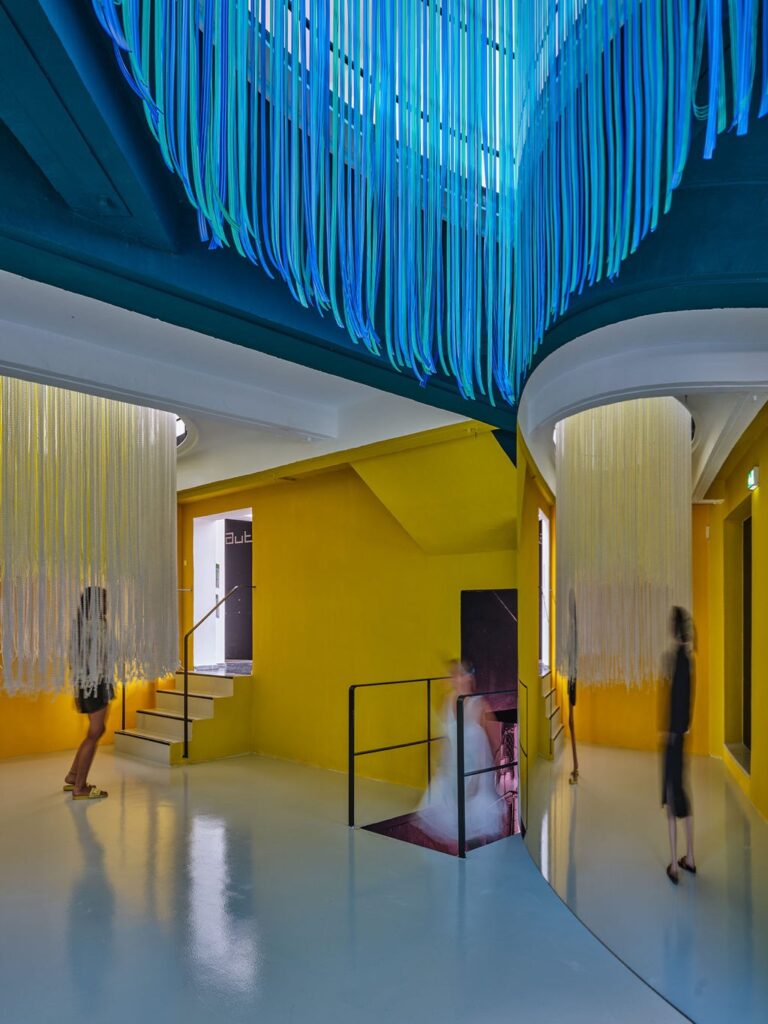
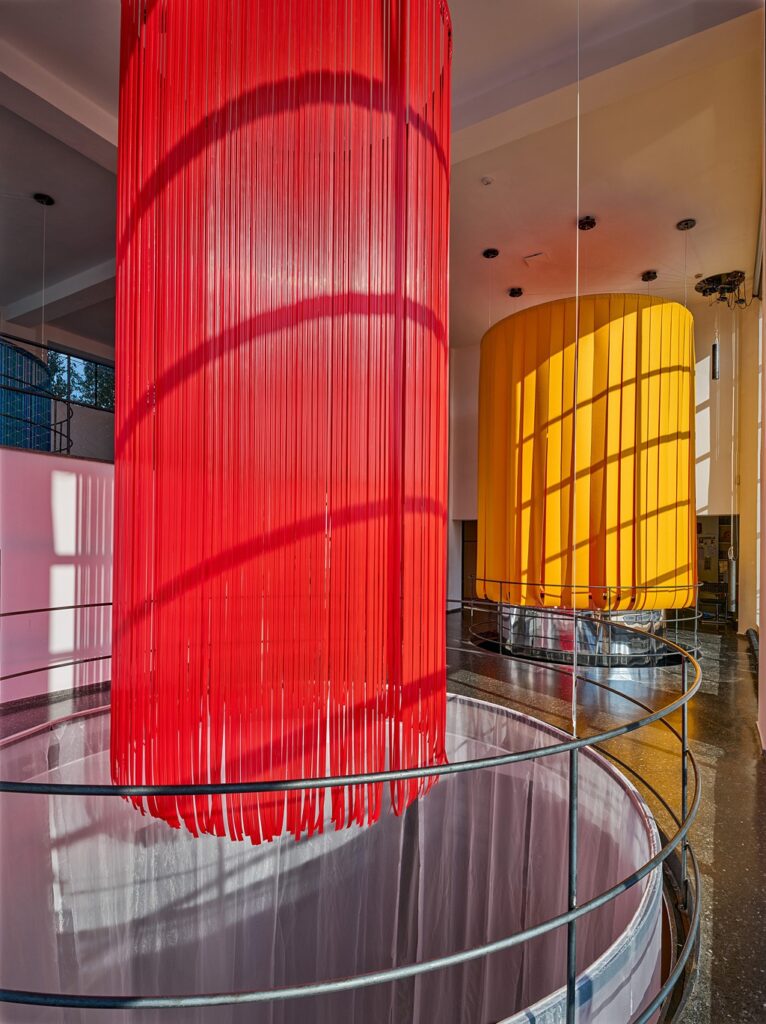

„Unstable zones are areas on Earth‘s surface where the Earth‘s lithospheric plates interact in ways that lead to significant geological activity, such as earthquakes, volcanic eruptions, and the formation of mountain ranges.”
We understand this intervention as a non-stop dialogue with the history of the former beautiful Adambräu brewery building, the actual location of the aut in Innsbruck that has become an exercise about how to transform the space in a way that takes all its historical essences and pre-existences into bringing them alive.
For that we took off the 4 circular lids of the remaining holes where the beer tanks were once located, and opened them to include two cylinders on each one, 8 in total, made each of a different material and a different color, to create a „perpetuum mobile“, that continuously transforms the whole space together and every quadrant separately, both happening at the same time, just depending on your location.
Visitors are able to feel the transformation of the space and understand the possibilities that architecture has, with simple elements, materials and colors, to transform a space and, hence, their lives.
Everything with the idea of using a cheap and handmade spirit that somehow gives some reality to those changes.
But with the least possible resources we are looking for contradictory results: We want to achieve a space that is simultaneously stable and dynamic, expanding and contracting, in order to develop different images that are simultaneously open and closed in character, and at the end create a big persistence on the memory of the people visiting the space during the exhibition.
In another definition „an unstable area is a location that is susceptible to natural or human-induced events or forces capable of impairing the integrity of some or all of the components.“
